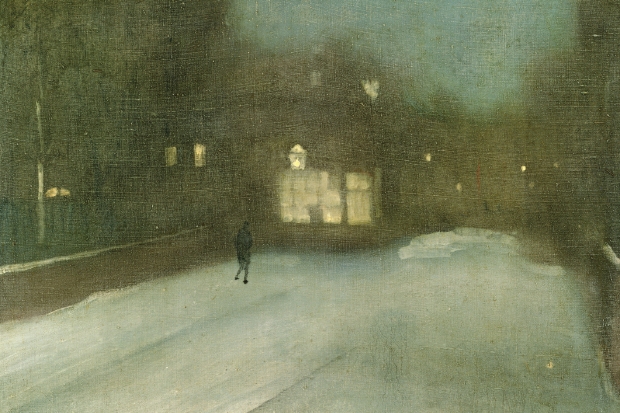‘A foggy day in London town,’ croons Fred Astaire in the 1937 musical comedy A Damsel in Distress, puffing nonchalantly on a cigar as he wanders through a wood that has already been half obliterated by belching Hollywood smoke machines. Today Gershwin’s lyrics conjure up a nostalgic vision of life in the city, involving pale fingers of fog wrapping themselves around lamp posts and the muffled clop of hooves on cobbles.
Actually, for many years the reality of a London fog was far less appealing. It clogged your lungs and made your eyes smart; it turned the air into a murky kaleidoscope of colours (yellow, grey, blue) that appeared to be on the verge of turning into a solid. You didn’t need to be Fred Astaire to ‘[view] the morning with alarm’ or wonder ‘how long would this thing last’.
As Christine L. Corton shows in her lively and engaging cultural history, for more than 100 years London fog did not only creep into people’s homes and bodies. It saturated their way of thinking. If fog was an inescapable part of city life — in Dickens’s famous opening to Bleak House, the word is repeated so often it sounds more like a curse — it was an equally omnipresent element in the cultural imagination.
The Thames had always produced natural fogs; visiting London in 1791, Haydn reported one that was so thick ‘one might have spread it on bread’. However, the industrial revolution soon gave birth to a new form of man-made weather. Thousands of chimneys created a pall of thick black smoke that, under certain atmospheric conditions, trapped sulphurous emissions and particles of soot at ground level. It was a form of airborne mess that was much easier to make than to clean up.








Comments
Join the debate for just £1 a month
Be part of the conversation with other Spectator readers by getting your first three months for £3.
UNLOCK ACCESS Just £1 a monthAlready a subscriber? Log in